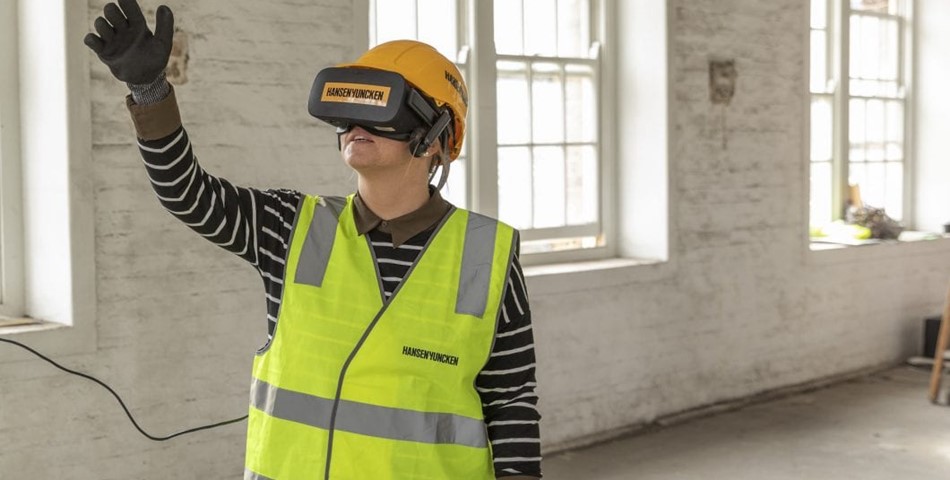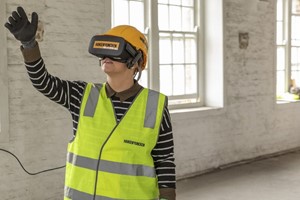Construction innovations are progressing rapidly, and the industry now has a tremendous number of resources to advance construction technology. Construction tech funding hit a record high of $2.1 billion in 2021—a 100% increase from the year before.
These investments in innovations pay off significantly; research shows that firms that are rated as “digitally savvy” outperform companies by as much as 48% on revenue and 15% on net margin. And this is true across many fields, including AEC.
- AI and Machine Learning for Construction Workflows
Optimized workflows are essential to well-running projects and teams in the AEC industry. However, due to the complexity of construction, workflows have the tendency to be disconnected and manual in nature. The three most significant areas within optimized construction workflows are communication, data, and transparency. AI is making it easier to succeed across all three of these areas, resulting in greater productivity and profits. The fact that Accenture proclaimed AI has the potential to increase industry profits by 71% by 2035 doesn’t hurt either.
Machine learning is also helping construction pros optimize their workflows and aid decision-making. Predictive analytics is quickly establishing its foothold in the construction industry’s core stack of technology tools. By leveraging current and historical data as well as machine learning, companies can make predictions about future outcomes. These predictions can then be used to make more informed decisions and strategize next moves.
- Resource and Workforce Management Software
Managing resources and a workforce are massive expenses for construction companies. Effective workforce management can help companies keep operations running smoothly, optimize resource allocation, and avoid unexpected expenses as well as delays.
Today, more companies are turning to software platforms to bring more efficiency and actionable analytics to their workforce, whether they be remote, on-site, large, or small.
Construction innovations in workforce management solutions include predictive tracking, forecasting, and mobile-first interfaces. These solutions remove many of the manual processes that come with resource planning.
- The Next Wave of 3D Printing
In terms of use cases, you can 3D print design elements like facades to make them more intricate and detailed. 3D printing can also be used to print parts, fixtures, and furniture for your building. This is particularly useful when you’re dealing with supply shortages or when you’re working in a remote area. Rather than waiting weeks or months for the materials you need, you can print them within a few hours or days.
- AR, VR, and the Metaverse
The metaverse is an iteration of the internet that allows users to experience it like the real world. This is made possible with gadgets such as AR glasses and VR headsets. These devices, as The Wild explains, allows the metaverse to move “content from the internet into 3D immersive environments that can be shared and interacted with by multiple users (often taking physical form as avatars.)”
- Sensor Data
Tracking the various components of your business—including manpower, job sites, and equipment—is essential. Proper monitoring aids project planning, promotes smoother operations, and ensures compliance with safety and worker regulations.
Forward-thinking firms are also using sensors to forecast and prepare for future events. “With the use of sensor data and Forge as a software foundation, we are able to predict future product failures,” explains Chris Schoneveld, BIM Manager at Alkondor Hengelo.
“So, for a maintenance task, we could analyze the use curve of a building and protect our products against future failures. And doing multiple tasks on a single maintenance job benefits our company’s eco footprint due to a minimization of traffic movement.”














